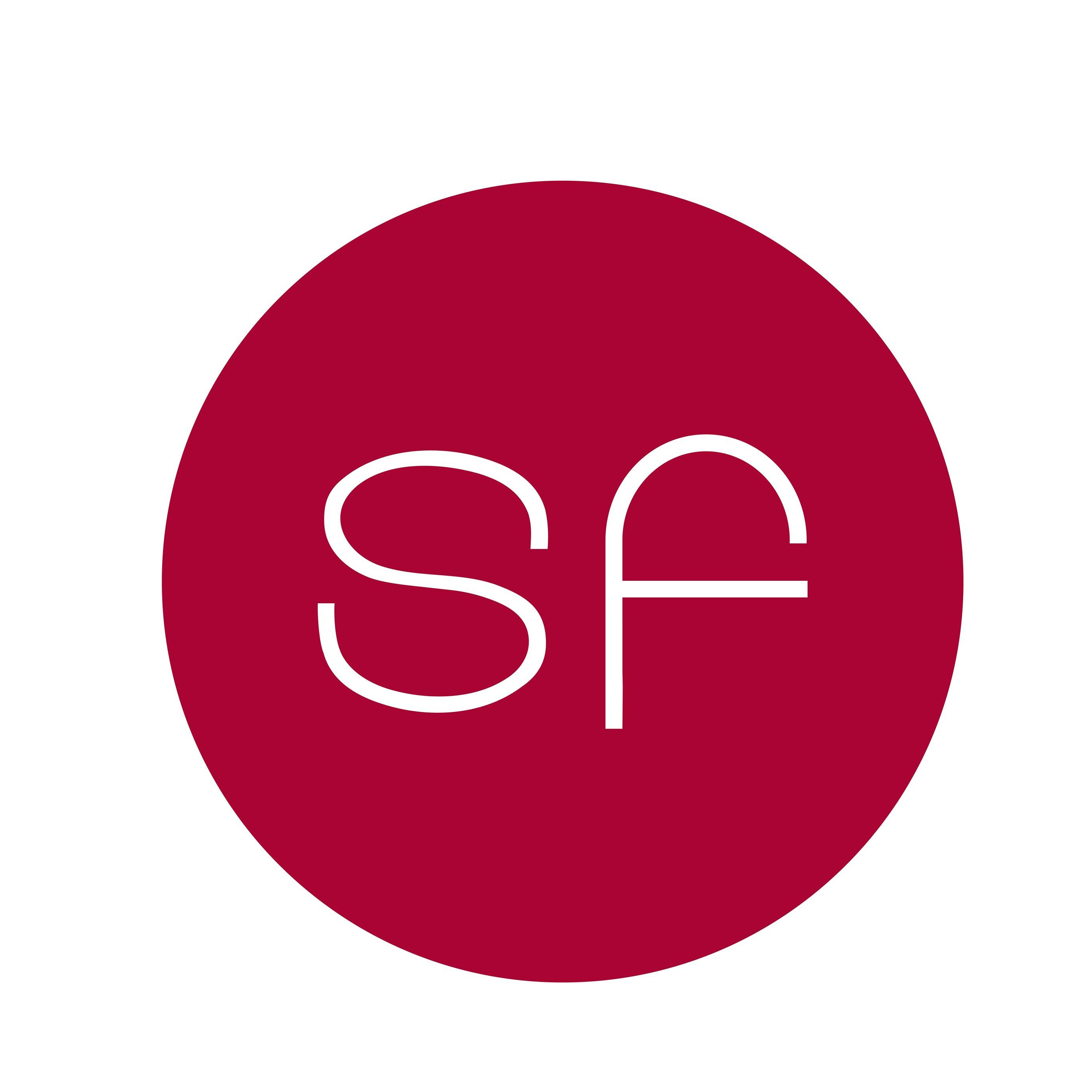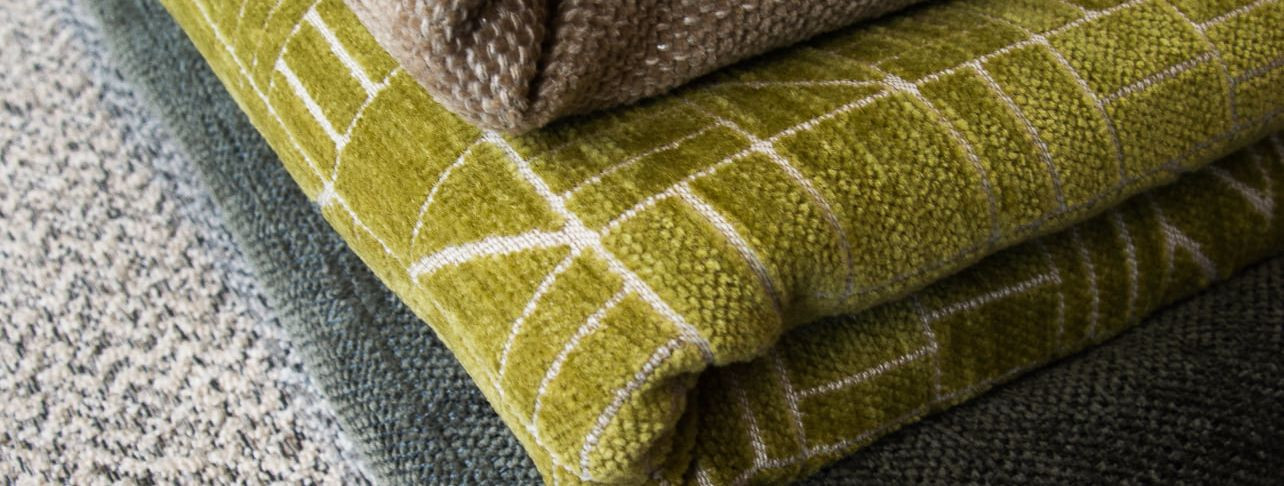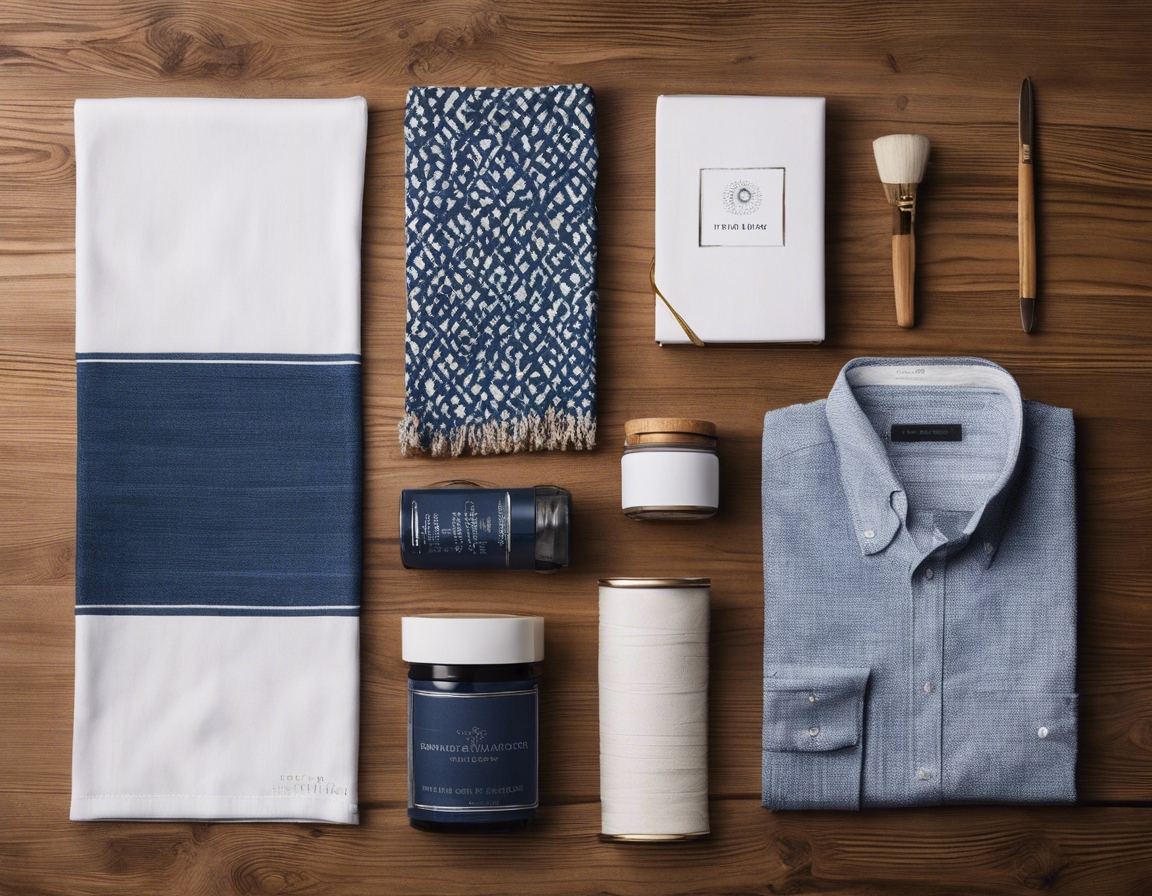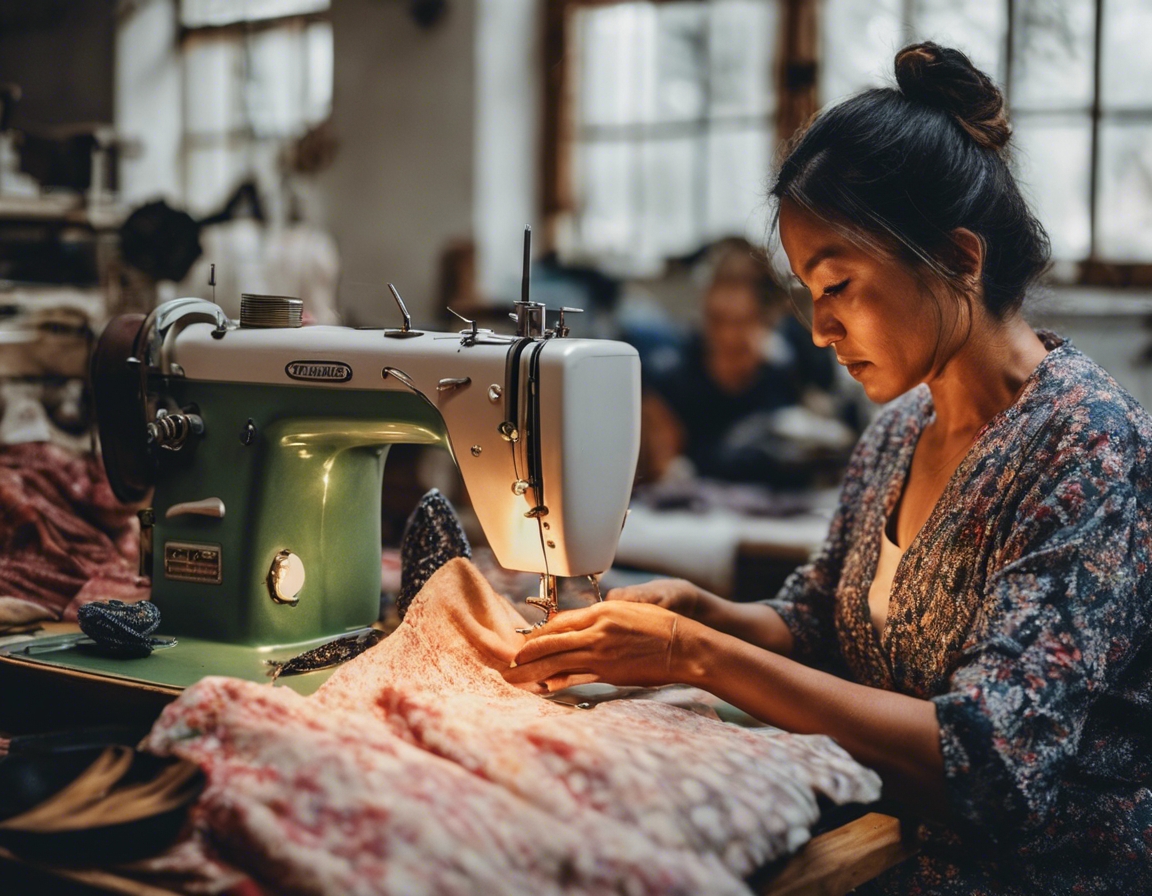The future of textiles: sustainability meets innovation
The textile industry stands at a pivotal crossroads, where the demand for sustainability is no longer a trend but a necessity. As we navigate through the complexities of environmental impact and consumer expectations, the future of textiles is being rewritten to embrace both sustainability and innovation.
Today's textile industry is undergoing a transformation, driven by a growing awareness of the environmental footprint of fabric production and disposal. The shift towards sustainable textiles is not just about reducing waste or using organic materials; it's about a holistic approach to the entire lifecycle of textile products.
Sustainability in textiles addresses critical environmental issues such as water usage, chemical pollution, and carbon emissions. It also responds to the ethical concerns of consumers who are increasingly making purchasing decisions based on a brand's commitment to eco-friendly practices.
Innovations Shaping the Future of Sustainable Textiles
One of the most promising areas of innovation is the use of recycled and upcycled materials. By transforming waste into wearable fabrics, the industry can significantly reduce its environmental impact.
Emerging biodegradable and bio-based fabrics offer a solution to the problem of textile waste. These materials decompose naturally, leaving a minimal environmental footprint.
Technological advancements are revolutionizing textile production processes, making them more efficient and less polluting. From waterless dyeing techniques to energy-saving manufacturing, these innovations are setting new standards for sustainability.
The integration of technology into textiles is creating smart fabrics that offer unprecedented functionality, from health monitoring to energy harvesting, further expanding the potential of sustainable textiles.
The Role of Transparency and Traceability
Transparency in the supply chain is crucial for ensuring that sustainable practices are upheld throughout the production process. It allows for accountability and helps build trust with consumers.
Traceability technologies such as blockchain and RFID are becoming essential tools in verifying the sustainability credentials of textiles, providing a clear record from fiber to finished product.
Challenges and Opportunities
While the shift towards sustainable textiles is promising, there are significant barriers to overcome, including cost, consumer behavior, and regulatory challenges.
For designers and manufacturers, the move towards sustainable textiles opens up a world of opportunities to innovate and differentiate their products in the marketplace.
How SIRKEL FABRICS OÜ Is Leading the Way
At SIRKEL FABRICS OÜ, we are deeply committed to driving the future of textiles through sustainable and innovative solutions. Our approach is rooted in a belief that quality and eco-friendliness can coexist, providing our clients with superior textile options that align with their values.
We offer a diverse portfolio of sustainable textiles, including recycled, organic, and smart fabrics, tailored to meet the needs of fashion designers, interior decorators, and large-scale apparel manufacturers who are our primary clientele.






Comments (0)